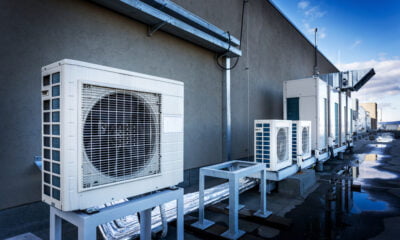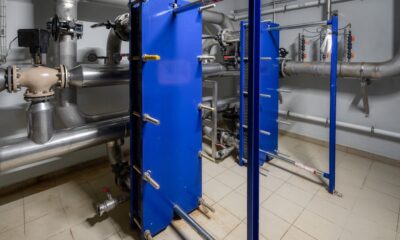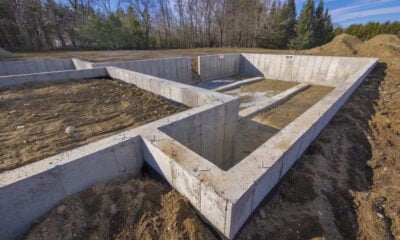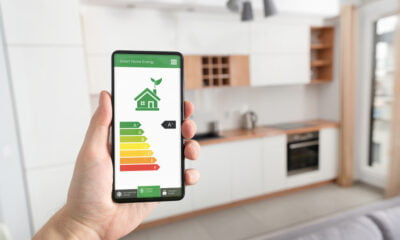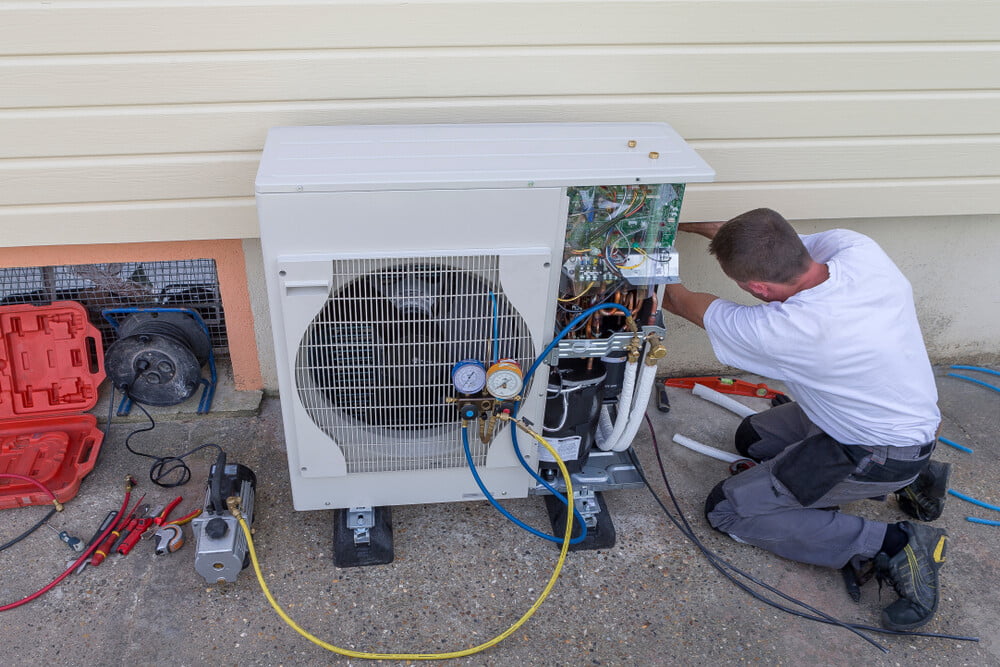
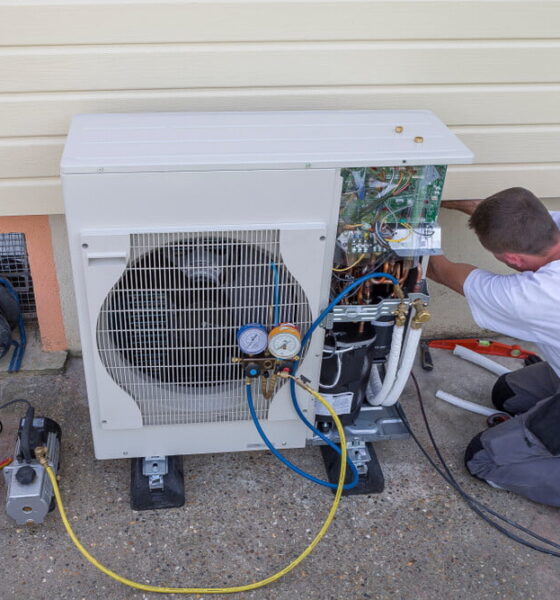
Energy
Why Heat Pumps Improve Energy Efficiency of Eco-Friendly Homes
Are you trying to make your home eco-friendlier? You should be proud of your efforts! Around 84% of people wanted to live in an environmentally friendly home in 2017, which is an increase from 30% in 2013.
Although the number of people interested in living in a sustainable home has increased a lot, many people don’t know how to get started. They don’t know which eco-friendly home improvements they should make or other steps they can take to improve energy efficiency.
Fortunately, there are a lot of things that you can do to become a more sustainable homeowner. One of these changes is investing in energy efficient heat pumps.
Energy Efficient Heat Pumps Are the Key to Making Your Home Eco-Friendly
When you talk about heat exchange, you think of air conditioners, furnaces, and heat pumps. All these devices help to regulate the temperature of a place throughout the day.
You can work with a company like Little Pommie Plumber that supplies, installs and maintains heat pumps in Perth Australia and they can help you in making the right decision when it comes to regulating temperature in your home.
People living in places with extreme climates or with fluctuating weather conditions will see the need to have one of these products in their homes or offices.
Now, the particular equipment that you need to use for heat regulation is a problem for so many people, with many not sure which path to heat regulation to follow.
All the different regulators have varying working principles, energy consumption rates as well as pros and cons. This is where heat pumps stand out from the rest. Its effectiveness and cost of use make it a good choice to use in your home.
Before we look at why heat pumps are preferred at home, let’s look at some of the common heat regulators and how they work.
What Are the Different Types of Heat Regulators and How Do They Work?
There are several different types of heat regulators used in homes but here are some of the most common types, along with some details on how they regulate heat.
Air Conditioners
Air conditioners are mostly used to maintain a lower temperature than the surroundings; it does not generate heat and therefore will need to be attached to a furnace to generate heat when needed.
Air conditioning works by absorbing the heat in the space and sending it out into the surroundings thereby keeping the space cool and purified with the help of the fan in it. An air conditioner also keeps the humidity of the space at optimum levels.
Furnace
Furnaces generate heat by burning fossil fuels, electricity, or gas which is usually an expensive process. It heats the air in the furnace area and then distributes the hot air throughout the space to warm your home using already installed air ducks in the home.
The thermostat alerts the furnace when the temperature is low and needs heating up. Depending on what powers your furnace, it may produce fumes after burning, but not to worry as the fumes will be passed out through the duct pipe.
Heat Pumps
Heat pumps are almost like air conditioners, only that they can do even more. While air conditioners absorb heat from the space and send it out into the surroundings leaving a cooler room temperature, heat pumps can do that and also work in reverse.
That is, it can absorb heat from the surroundings and send it into your home when the temperature inside is low and also take cooler air from the surroundings and send it in to the home when the temperature inside is hot.
Heat pumps do not generate heat like the furnace; it simply transfers heat from outside to the home and vice versa when needed. And this is arguably its biggest strength.
Why are Heat Pumps More Efficient?
While many people still use other temperature regulators in their homes, the use of heat pumps has continued to rise with more people switching to this effective, mode of temperature control for their homes.
But why is this happening? What’s so special with heat pumps and why is it gaining so much attention now?
- It can work both ways: while most of the other temperature regulators can only reduce or increase the temperature inside the home and not both, a heat pump can do either of the two which makes it a useful machine to have in your home no matter the temperature at that time. It can serve during colder temperatures by increasing the heat inside. Also during hotter temperatures by transferring the heat inside with cooler air from outside.
- Uses way less energy: heat pumps do not generate heat; they simply transfer heat from inside your home to the surrounding or vice versa. And for this particular reason, it can save up to 80% more energy. A heat pump will dramatically reduce your energy cost.
- No carbon emission: unlike using a furnace to generate heat where there will be lots of carbon emission being sent into the atmosphere, using a heat pump removes the issue of carbon emissions and it does not need to burn anything. Our environment will get even better and more conducive for us if we can reduce the carbon emissions in the atmosphere.
Heat Pumps Can Be Great for Making Your Home Eco-Friendly
You need to make energy efficiency a priority if you want to live in a truly sustainable home. This involves investing in an eco-friendly heat exchange system. Although heat pumps require a high initial setup cost to purchase the heat pump and for installation as you will need the help of professionals to set it up, it does however require very low operating cost with minimal maintenance needs.
You can reach out to a heat pump installation company to get a more personal assessment of the type of heat pump you will need in your home and installation.





